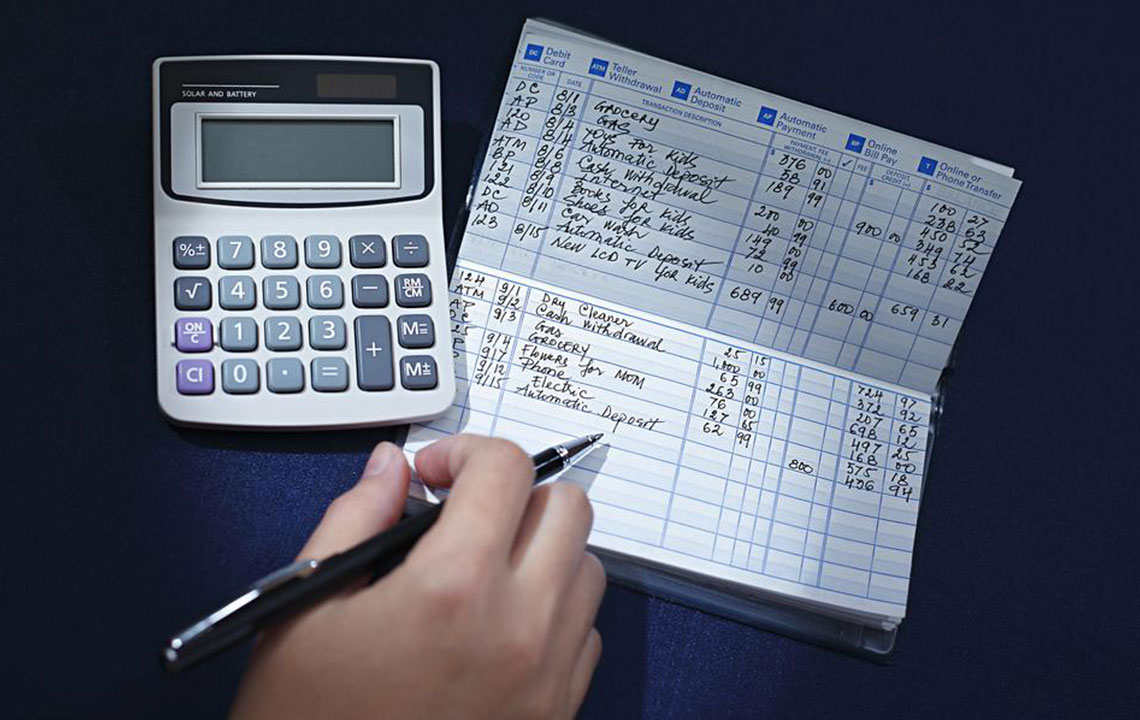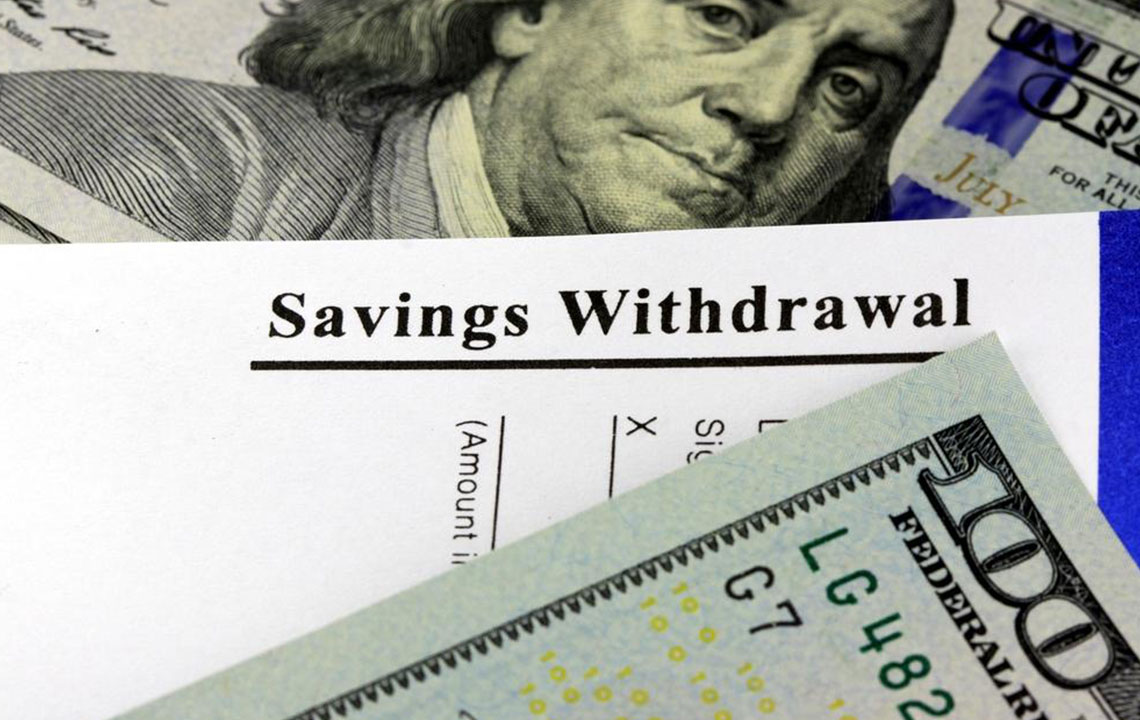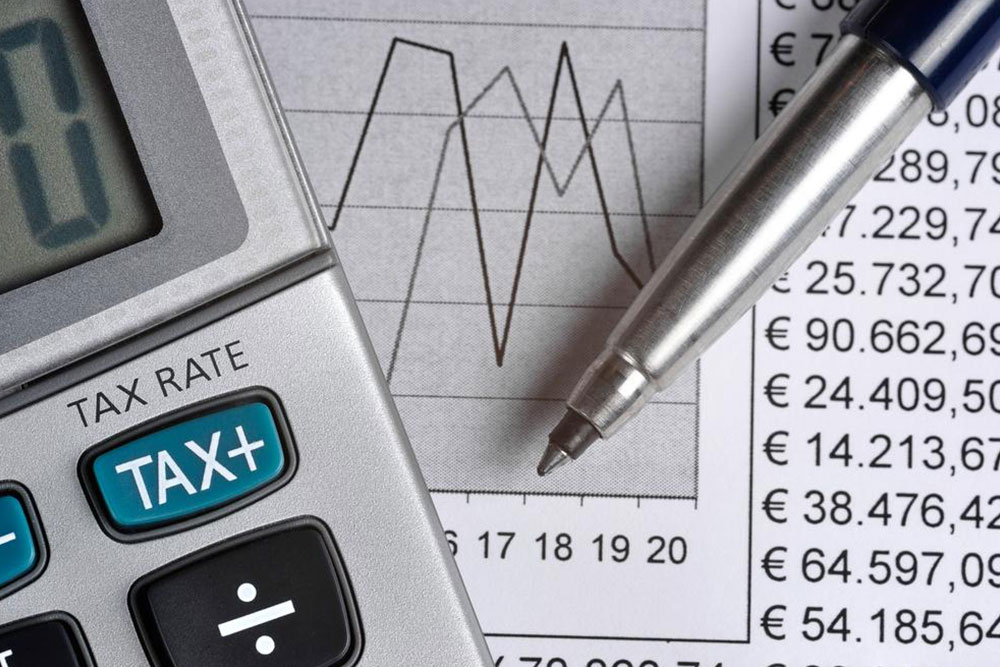Comprehensive Guide to Creating a Robust Emergency Savings Fund
This comprehensive guide provides detailed strategies for establishing an effective emergency savings fund. Covering different types of emergency funds, their importance, and how much to save, it offers practical advice to help individuals build financial security. Learn how to manage your emergency reserves wisely, ensure liquidity, and prepare for unexpected crises, ensuring peace of mind and financial stability in difficult times.

Comprehensive Guide to Creating a Robust Emergency Savings Fund
Building an emergency savings fund is one of the most vital steps toward achieving financial stability and security. This dedicated reserve acts as a financial safety net during unforeseen circumstances when income streams may be disrupted or unexpected expenses arise. An effectively managed emergency fund can prevent you from falling into debt and provide peace of mind in uncertain times. This detailed guide covers everything you need to know about establishing, maintaining, and utilizing an emergency savings fund to fortify your financial future.
Understanding Emergency Savings Funds
Definition and Purpose
An emergency savings fund is a specially allocated pool of money set aside to cover unexpected financial needs. Its primary purpose is to serve as a buffer during emergencies, ensuring that you can meet urgent financial obligations without stress or disruption to your regular finances. The fund provides security and resilience, allowing you to handle sudden expenses confidently.
Types of Emergency Funds
Short-term Emergency Fund
This type of fund is designed for immediate needs such as urgent medical bills, emergency repairs, or sudden travel costs. It should be kept in a highly accessible account like a savings or checking account, providing quick cash access when facing urgent situations. Typically, this fund is recommended to cover between a few hundred to a few thousand dollars, depending on your personal circumstances.
Long-term Emergency Fund
This reserve aims to provide financial support during prolonged crises like job loss, natural disasters, or significant unexpected expenses. It generally consists of three to six months of living expenses, ensuring that you can maintain your lifestyle without resorting to loans or credit. This fund should be invested conservatively to preserve capital while remaining liquid enough to access when necessary.
The most effective way to manage your emergency fund is by maintaining a checking or savings account linked directly to your debit card. This setup allows for seamless, swift access to funds whenever an emergency arises. It is crucial to keep these funds separate from your regular checking accounts to reduce the temptation to dip into them for non-emergencies. Automating monthly contributions to this account can help grow your safety net steadily over time.
Why Building an Emergency Fund is Crucial
Financial Security and Peace of Mind
Prevents reliance on high-interest debt during crises
Reduces Stress and Anxiety related to Financial Uncertainty
Provides readiness for unexpected life events
What Constitutes a Financial Emergency?
Health emergencies requiring urgent medical attention
Sudden family crises or personal emergencies
Unexpected car repairs or transportation issues
Damage to home due to natural disasters or accidents
Major life transitions or emergencies
Sudden breakup of important relationships or business partnerships
How Much Do You Need to Save?
Experts recommend saving enough to cover three to six months’ worth of living expenses for your long-term emergency fund. For short-term needs, setting aside approximately 10% of your monthly income can help you build a safety cushion over time. It’s best to start small and increase your savings gradually, ensuring consistent progress without straining your current finances. This phased approach facilitates steady growth of your emergency reserves, enabling you to face unexpected events confidently.Criteria for an Effective Emergency Fund
Minimal Risk: Funds should be invested in low-risk, liquid assets
High Liquidity: Ability to quickly convert assets into cash without significant loss
Ease of Access: Funds should be accessible without complex processes
By adhering to these principles, you can establish a reliable and efficient emergency fund tailored to your personal financial needs. Regularly reviewing and adjusting your savings plan ensures that your safety net remains sufficient and ready for any unforeseen circumstances.Stay updated with personal finance tips and strategies. Follow us on Facebook and Twitter for the latest insights on building financial resilience and securing your financial future.





